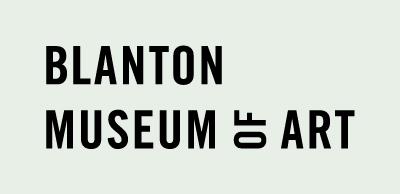Propoganda at Court: The Medici and Printmaking
Saturday, November 28, 2009 - Sunday, March 7, 2010
The Medici, the leading family of Florence, became the city’s absolute rulers and attained European preeminence in the sixteenth century. In the early part of the century, two of its members became practically successive popes as Leo X (fl. 1513‐21) and Clement VII (1523‐34), bringing unprecedented political as well as spiritual power. After two moments of republican rule in Florence (1494‐1512 and 1527‐30), during which the Medici were expelled, the family was restored and its rule over the city consolidated. Cosimo I (fl. 1537‐74) expanded control over much of central Italy and amassed tremendous wealth by military force and diplomatic skill, becoming the first grand duke of Tuscany in 1569. His immediate successors, his sons Francesco I (fl. 1574‐87) and Ferdinando I (fl. 1587‐1609), were able to maintain his authority and prestige. Throughout, the Medici maintained the tradition of enlightened patronage of the arts that had been established in the fifteenth century, and the visual style of their court, often called Maniera, became the measure of artistic sophistication across Europe.
Prints played an important part in the expression of Medici power and
sophistication. This part has not been sufficiently recognized because their production took several, initially indirect forms. Starting in the 1520s, the Medici’s favorite artist, the sculptor Baccio Bandinelli, made designs for several of the period’s most ambitious engravings, but these were executed in Rome, which possessed the requisite infrastructure. When paintings by the later court artist Giorgio Vasari were engraved, they were consigned to Netherlandish printmakers, and even when his followers like Johannes Stradanus systematically developed new, courtly subjects, they were sent off to the thriving workshops of Antwerp. Only toward the end of the Medici’s greatest power, with the etchings of Jacques Callot and Stefano della Bella, did print production emerge in Florence proper and its subjects become the life of the family. However distinct these phases, however complicated this development, printmaking enjoyed a closer and more sustained connection to the Medici than to any other family in Europe.
Prints played an important part in the expression of Medici power and
sophistication. This part has not been sufficiently recognized because their production took several, initially indirect forms. Starting in the 1520s, the Medici’s favorite artist, the sculptor Baccio Bandinelli, made designs for several of the period’s most ambitious engravings, but these were executed in Rome, which possessed the requisite infrastructure. When paintings by the later court artist Giorgio Vasari were engraved, they were consigned to Netherlandish printmakers, and even when his followers like Johannes Stradanus systematically developed new, courtly subjects, they were sent off to the thriving workshops of Antwerp. Only toward the end of the Medici’s greatest power, with the etchings of Jacques Callot and Stefano della Bella, did print production emerge in Florence proper and its subjects become the life of the family. However distinct these phases, however complicated this development, printmaking enjoyed a closer and more sustained connection to the Medici than to any other family in Europe.

